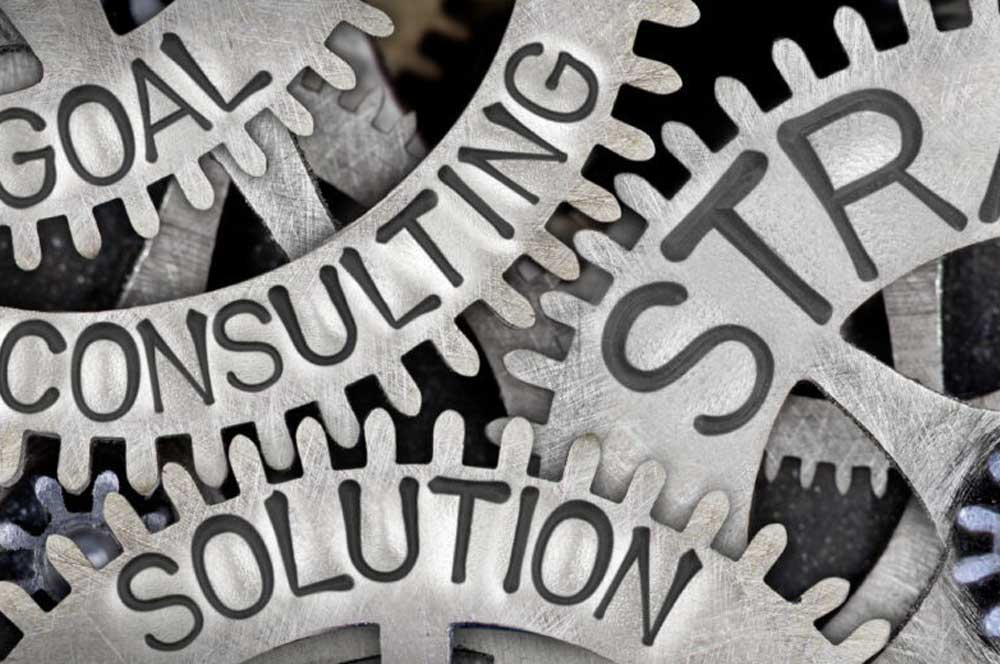
With the end of the year quickly approaching, this is the perfect time to put a 2021 Wellness Plan together for your business. It’s safe to say that 2020 has been the most challenging year in memory, which has taken a toll on business operations, as well as employee performance and well-being. Between the global health pandemic, isolation, social unrest, racial tensions, heated political climate, home schooling children, financial worries and struggles creating boundaries working from home, employees are feeling overwhelmed and stretched thin.
It is vital to to address the physical, mental, emotional, social, and financial well-being of your employees when devising your wellness strategy for 2021. When people feel good, they perform better and have greater job satisfaction. Providing employees with the right tools and resources to thrive during this challenging time and beyond is a winning strategy that will drive your business to greater levels of success.
Below are components to consider as you craft your wellness strategy.
1) What are you trying to achieve with your wellness program? What outcomes amongst your staff are you looking for? What are your goals? Think big picture here. Are you looking to shift specific health outcomes? Reduce stress? Improve focus & productivity? Reduce absenteeism or turnover? Boost morale? Improve mindset?
2) How are you going to measure the success of your program? Every good program has a way to measure effectiveness. Participation rates are only one small element to consider. How can you track changes in the behaviors that will lead to your desired outcomes? How often will you evaluate the program and adjust the design as needed?
3) What elements should your wellness program include? Remember, it’s ideal to incorporate components of physical, mental, emotional, social, and financial wellness into your program design. What type of content will your staff engage with the most? Every group is different, so it’s valuable to gather insights from your staff to better understand what areas of support they need and where their interests lie.
4) What type of content do you want to provide? Do you want the focus of your program to be educational or experiential? Do you want to offer online informational resources, team challenges, online courses, on-demand video content, or an ongoing schedule of engaging live streamed events? Consider what tools your people need to change their daily habits and yield the outcomes you are looking for.
5) What is your wellness budget? How much will you invest in the well-being of your staff? Payroll is the largest expense that a company generally has, meaning that your employees are the largest asset of your business. It costs an average of 150% of an employee’s salary to replace them, so if you can avoid even 1 employee leaving due to burnout and stress, you will cover the costs of your wellness program. A study by the health carrier Aetna showed an 11-1 return on investment from an onsite yoga and mindfulness program that reduced stress levels and health claims, while increasing focus and productivity.
6) Will you offer incentives? There is a saying that “what gets incentivized gets done”. What types of incentives will your staff get excited about? It can be anything from financial rewards to bragging rights, to free lunches, earning an extra day of PTO, or anything in between.
7) Which leader(s) within your business will endorse the program? Leadership support throughout the business is essential to make a real and lasting shift in the workplace culture. Leading by example shows your staff that wellness is a priority and that they are supported and encouraged to participate.
8) How will you communicate your program? Developing a communication strategy is a key component to the overall success of the wellness program. Utilize as many different channels of communication as possible, and don’t solely rely on email alone.
9) How will your content be delivered? Will you be managing the strategy, design, sourcing, implementation, management, evaluation, and adjustments of the program in-house, or will you bring in an experienced wellness consultant or vendor do handle the details for you?
If you would like additional guidance in developing your wellness program strategy, your friends at Balance by Nature are happy to help. Click here to set up a conversation.




